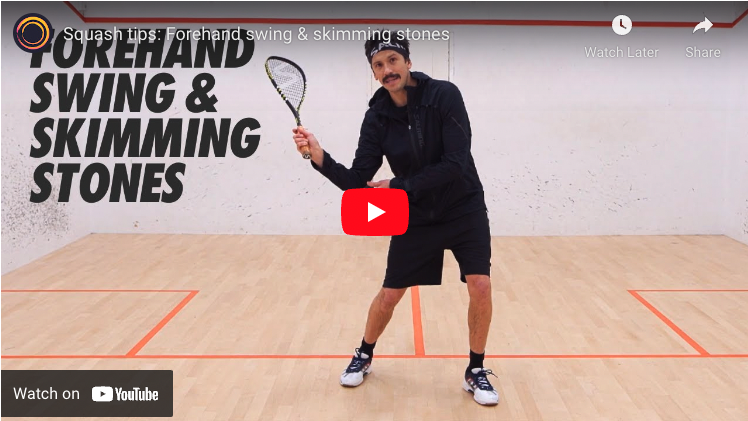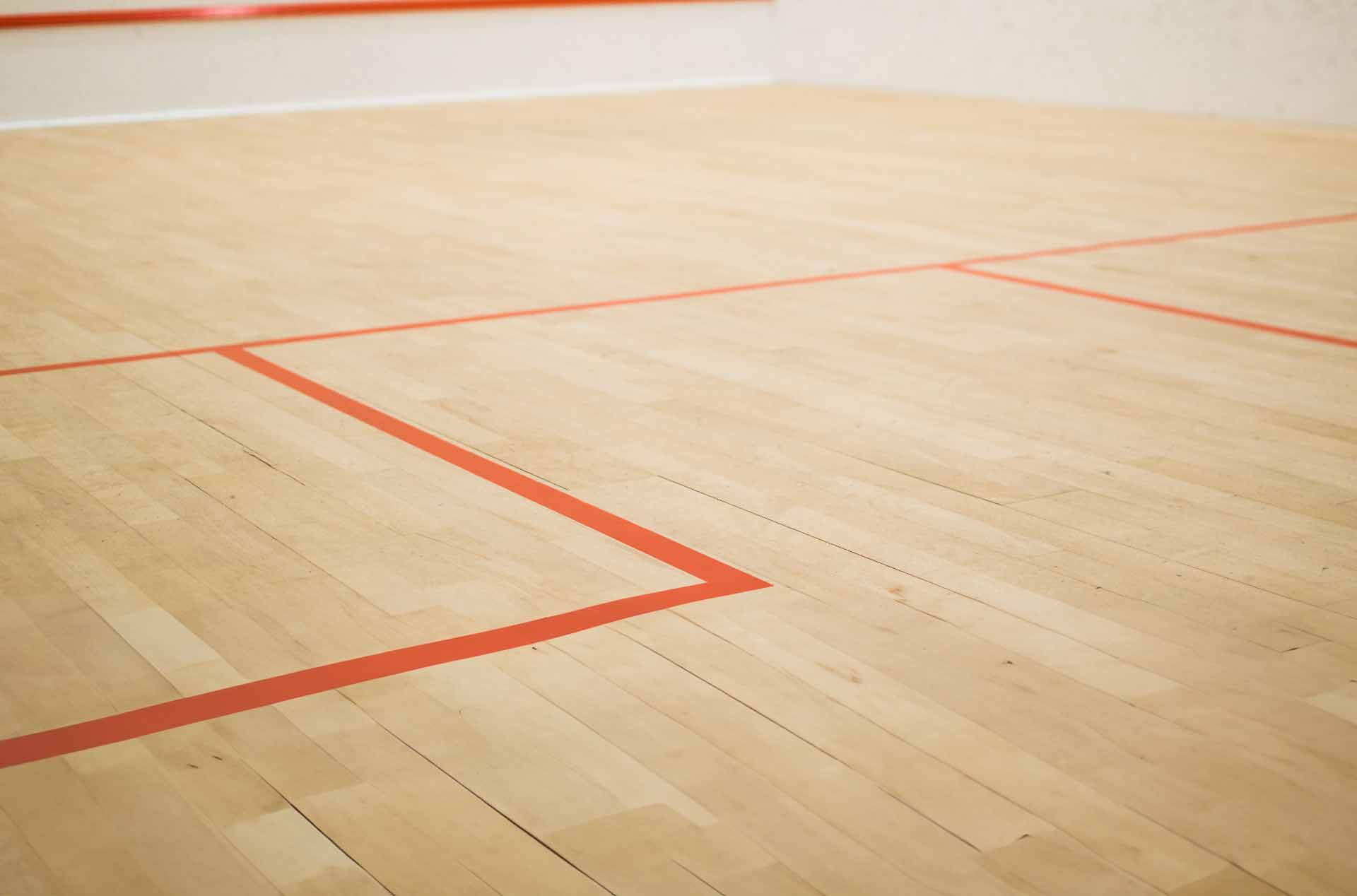Your cart is currently empty!
Reading Time:
Squash Forehand Technique

Many people learn to play the game of squash but don’t actually learn “proper” technique. Or they might learn technique from other players who really don’t have the right form themselves. I was one of those players – I didn’t want perfecting techniques to kill my love for the game. I really wasn’t interested in learning the fine points of the swing, I just wanted to hit the ball and have fun. And if you aren’t hitting anyone with your wild swing I think that’s ok.
But you might get to a place in your game where you want to improve your accuracy or develop more power, or just want to play better, like me. Or also like me get to a point where you start dealing with an elbow injury and need to get your swing right so you don’t make things worse.
While sometimes I wish I had started out learning to play properly, I know I am far more motivated now that have I have reasons to learn and get better. The downside? I have lots of bad habits to overcome!
If you are interested in learning the forehand squash swing (yes, it is different from tennis) you might find the following videos worth a look.
Technique for the forehand drive
For those unfamiliar with the terminology a forehand drive, drives the ball to the back of the court. This shot is the cornerstone of good squash because it gets your opponent off the “T” position (middle of the court) and allows you to take that position so you can be ready for anyshot without being trapped behind your opponent.
The drive down the site wall is also useful for limiting your opponents options. If it’s close to the site wall, a cross court or a boast (hitting it on the side wall before it hits the front wall) if much more difficult. Additionally, playing the ball short from the back is extremely difficult to do well.
The first video is part of a series. This particular video on how to do a forehand drive is good for beginners because it shows the swing from different angles and shows it to you in slow motion.
Emphasises forearm rotation, racquet face “open” and follow through.
The following video is great for those people who already understand how to skim a stone. The only problem is a lot of people really don’t know how to skip a stone on water. It’s still worth watching, but if that’s not you, you check out the last video.
Transferring your weight, elbow first, wrist catches up, releasing your arm through the line.
This following video simplifies the concept of the forehand in a different way than the others. Basically come down behind the ball and push it through.
However I find this video is slightly misleading however because if you actually slow down his demonstration, he does not come straight up and down on the ball, rather, the path of his racquet follows more of a diagonal line down.
However the idea of coming down on the ball is a different concept that swinging the ball out from the side, or looping it the way some players seem to do. I could see many pro players using this kind of technique and I couldn’t quite figure it out. The video broke it down and kept it simple.
Using the downward momentum, throwing the arm, pressing or pushing the shot
Stepping into the shot
The key to getting more power with less effort is technique for sure. So it makes sense to try to establish good technique while you are learning, opposed to doing it the way many of us do, and that is to play the game for yearts first and then try to undo all your bad habits.
Jesse Engelbrecht shows a slightly different technique where the racquet does come around in a larger arc. (Also includes backhand here).
Elbow drives forward, top of the racquet head follows.
Kinetic chain
Keep in mind that none of these videos really talking about the kinetic chain in the movement. Something that people often want is to generate more power and don’t understand how some other people make it look so easy.
The overarching concept to gain more power is increasing racquet head speed. When you break down the moving parts in a forehand drive you can see how with each part moving generates even more speed that any single part of the swing could.
If you have ever snapped a wet towel at anyone (or been hit with one), the concept is pretty much the same in some ways, there is an uncurling of movement that can generate a lot of power at the end of the chain, in this case the tip of the towel, in the case of a squash shot, the point where the ball meets the racquet.
The chain seems to be for a straight forehand drive (i.e. a hard shot down the wall for example)
- Stepping into the shot
- Starting from the racquet being up – a high racquet position to take advantage of gravity and bringing the elbow and butt of the racquet down
- Turning of the torso, hips and shoulders
- Arm straightens, bringing the forearm around
- As the forearm rotates it brings the racquet around
Of course getting the timing of all this right is more difficult than it looks! But it’s worth looking at all these videos from this perspective and breaking the movement down.
Getting the ball out of the back corner
Getting the ball out of the back corner requires a different technique. These shots are typically difficult to do or do well for beginners and intermediate players. If you want to learn more about how to improve your chances of getting the ball out of the back corner check these videos out with Squash Academy coach, Jesse Engelbrecht:
Getting the ball out of the forehand back corner.
More…
by
